Selecting the right abrasive media for wet blasting is crucial to prevent damage to the surface and ensure the correct finish. The choice of media affects the abrasiveness, aggression, and final texture, often referred to as the anchor pattern. Media characteristics such as size, hardness, shape, and density play significant roles in this.
Media size influences the depth of the surface profile, with larger particles creating deeper depressions and a rougher finish, while smaller particles result in a finer finish. The hardness, measured on the Mohs scale, determines the aggressiveness of the blasting; harder particles achieve a deeper surface profile.
The shape of the particles is also important. Angular particles, like crushed glass, are more aggressive and suitable for removing tough coatings, while rounded particles like glass beads are gentler and produce a smoother finish.
In terms of material compatibility, a range of soft to hard blast media can be used. Softer media, such as plastic, are suitable for delicate surfaces, whereas harder media like aluminum oxide are reserved for tougher jobs. The density and velocity of the media further influence the anchor pattern, with denser and faster-moving particles creating a more pronounced effect.
Ultimately, the choice of blast media should be informed by the specific requirements of the project, considering factors such as the desired finish, the material of the substrate, and the nature of the contaminants to be removed.

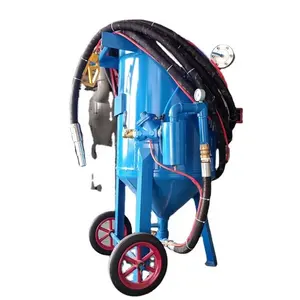



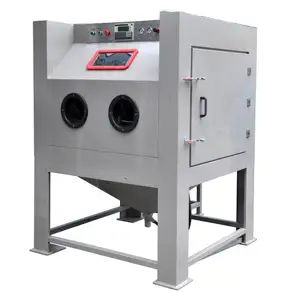

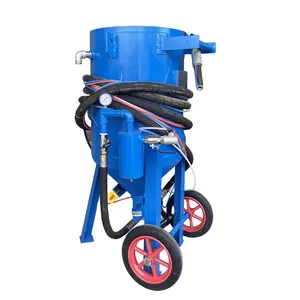

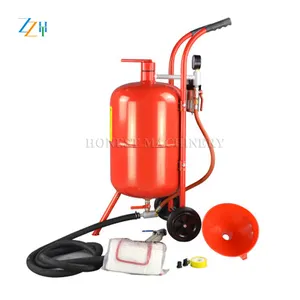


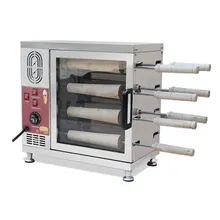

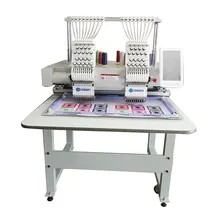




















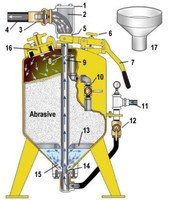










 浙公网安备 33010002000092号
浙公网安备 33010002000092号 浙B2-20120091-4
浙B2-20120091-4